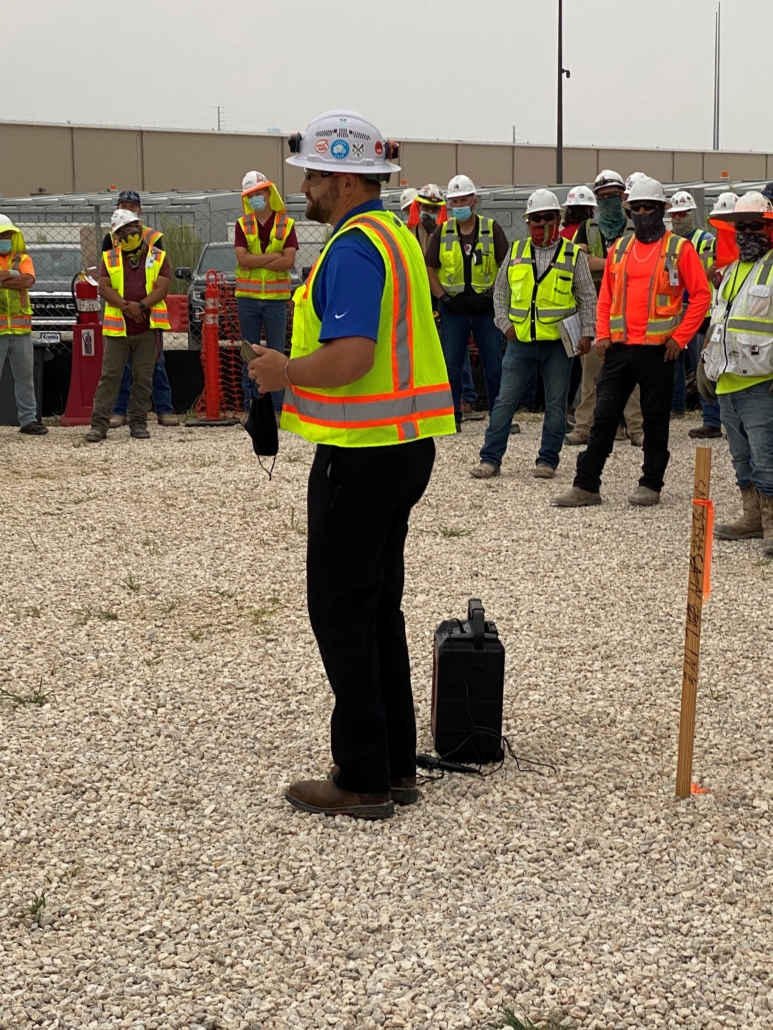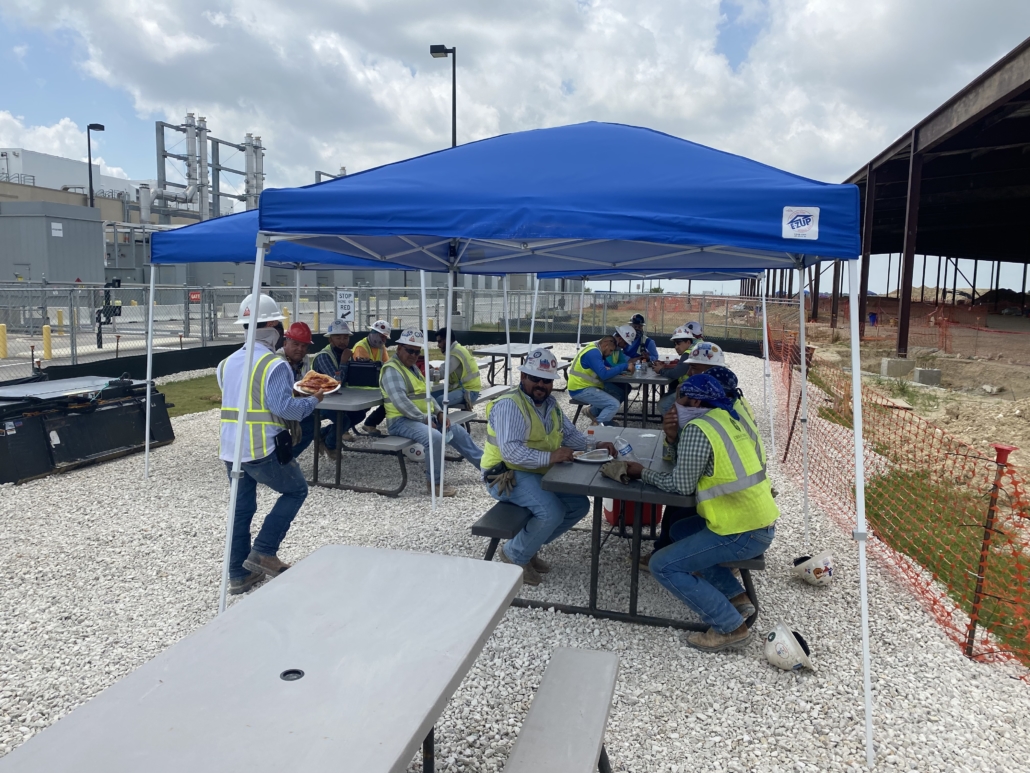CPG Hosts First Annual Heat Preparedness Week
July 26, 2021
By Adam Board, National Safety Director at CPG
If the melting power cables in Portland, Oregon, weren’t enough of an indication, June 2021 was the single hottest June on record in North America. But as many of us sit in air-conditioned offices and homes avoiding contact with the elements, it’s easy to overlook that some workers are, in fact, working outside and enduring this severe heat.
Between the unusually hot temperatures and extra layers of protective clothing, construction workers have the highest risk of death, injuries and illness from heat exposure on the job. In fact, a recent study by the American Journal of Industrial Medicine discovered that between 1992 and 2016, almost 300 construction workers died from heat-related causes, more than a third of all U.S. occupational deaths from heat exposure.
One of my primary goals as CPG’s newly appointed national safety director has been to reemphasize the dangers of heat-related illnesses (HRIs) and ensure that our teams are prioritizing heat safety during data center construction, especially as we approach summer’s midpoint. That is why we were excited to introduce CPG’s inaugural Heat Preparedness Week, designed to highlight HRI prevention and the importance of staying safe, healthy and hydrated through the summer.
Educating Employees on Heat-Related Illnesses
Throughout each day of CPG’s Heat Preparedness Week, our executive leaders and employees participated in fun activities, presentations and programs to learn more about heat-related illnesses on jobsites. Toolbox Talks, one of our discussion-based programs held during Heat Preparedness Week, gave our team the unique opportunity to engage across job levels to talk through these topics on a deeper level.

During our first Toolbox Talk, we highlighted the parties most at risk for heat-related illnesses, including adults over the age of 65, those who are under- or overweight, as well as those with chronic illnesses related to high blood pressure and poor circulation. While these parties are more at risk, HRIs can still have very serious effects on anyone working in severe heat, no matter age or health status.
Heat-Related Illness Symptoms and Response Plans
At the first sign of HRI symptoms, one should know how to react properly, which is why our second Toolbox Talk session equipped CPG employees with the knowledge necessary to prevent and respond to heat illness symptoms, from excessive sweating and dizziness to confusion and fainting. At the earliest sign of symptoms, we encourage employees to:
- Notify safety representatives and supervisors
- Call an onsite nurse and/or 911
- Move to a cooler location
- Apply cool cloths or cold packs to the head/neck/face
- Hydrate with water and refuel with electrolytes
To round out the week, our final Toolbox Talk explored the specific illnesses associated with being exposed to extreme heat, including heat stroke, heat exhaustion, heat cramps and heat rashes. The most severe of these conditions, heat stroke, can lead to death if the necessary precautions aren’t taken to help normalize the person’s body temperature.
By understanding specific illnesses and their associated symptoms, we trust that our employees will proactively keep themselves safe and feel confident enough to know what to do in the event someone on the jobsite falls ill.

Beating the Summer Heat
Here at CPG, we take pride in operating as a people’s business, prioritizing the protection and safety of our people across all job and construction sites. As our customers and partners embark on the development of greenfield data center construction jobs this summer, our goal is to step into the cooler fall and winter months with zero heat-related incidents – a goal we aim to carry forward into 2022 and beyond.
I am very excited to see how CPG’s Heat Preparedness Week evolves and expands next year as we implement new HRI prevention and protection plans. Be on the lookout for the continued expansion of our safety initiatives, as well as how we creatively engage CPG employees and executives to ensure that, above all, our people are safe when on the job with CPG.
